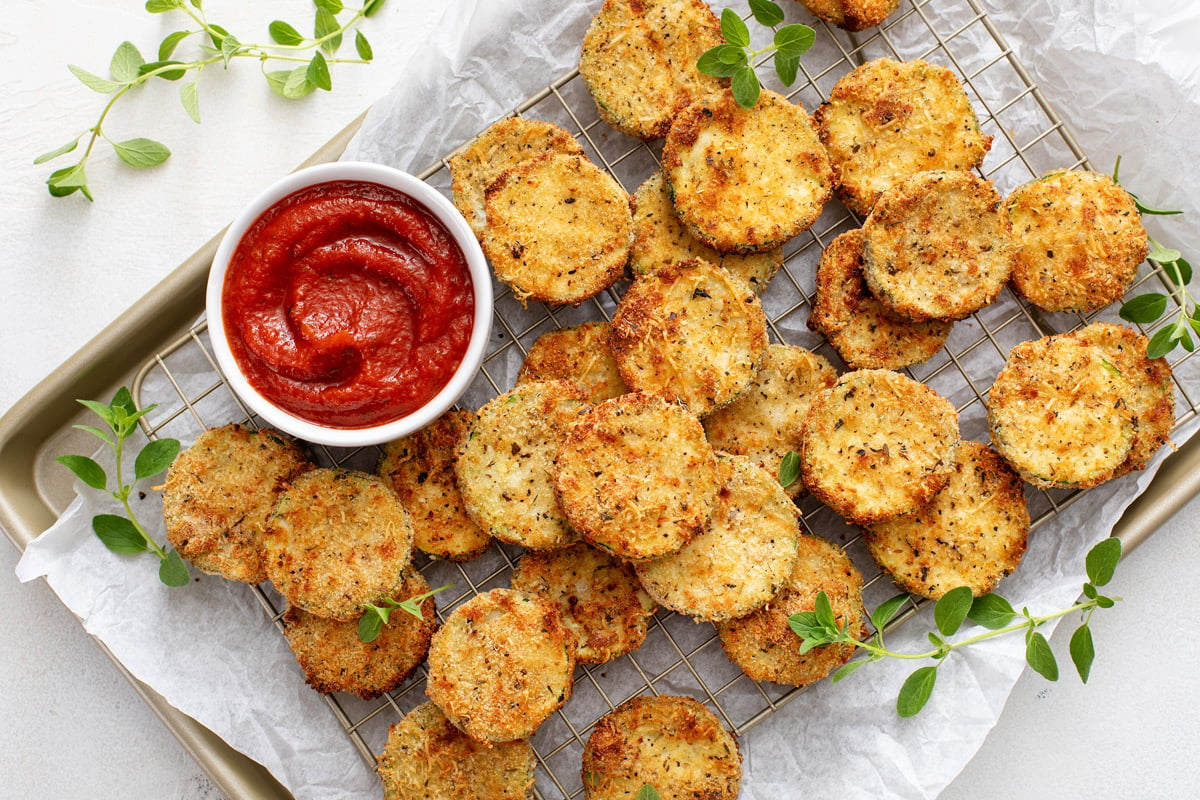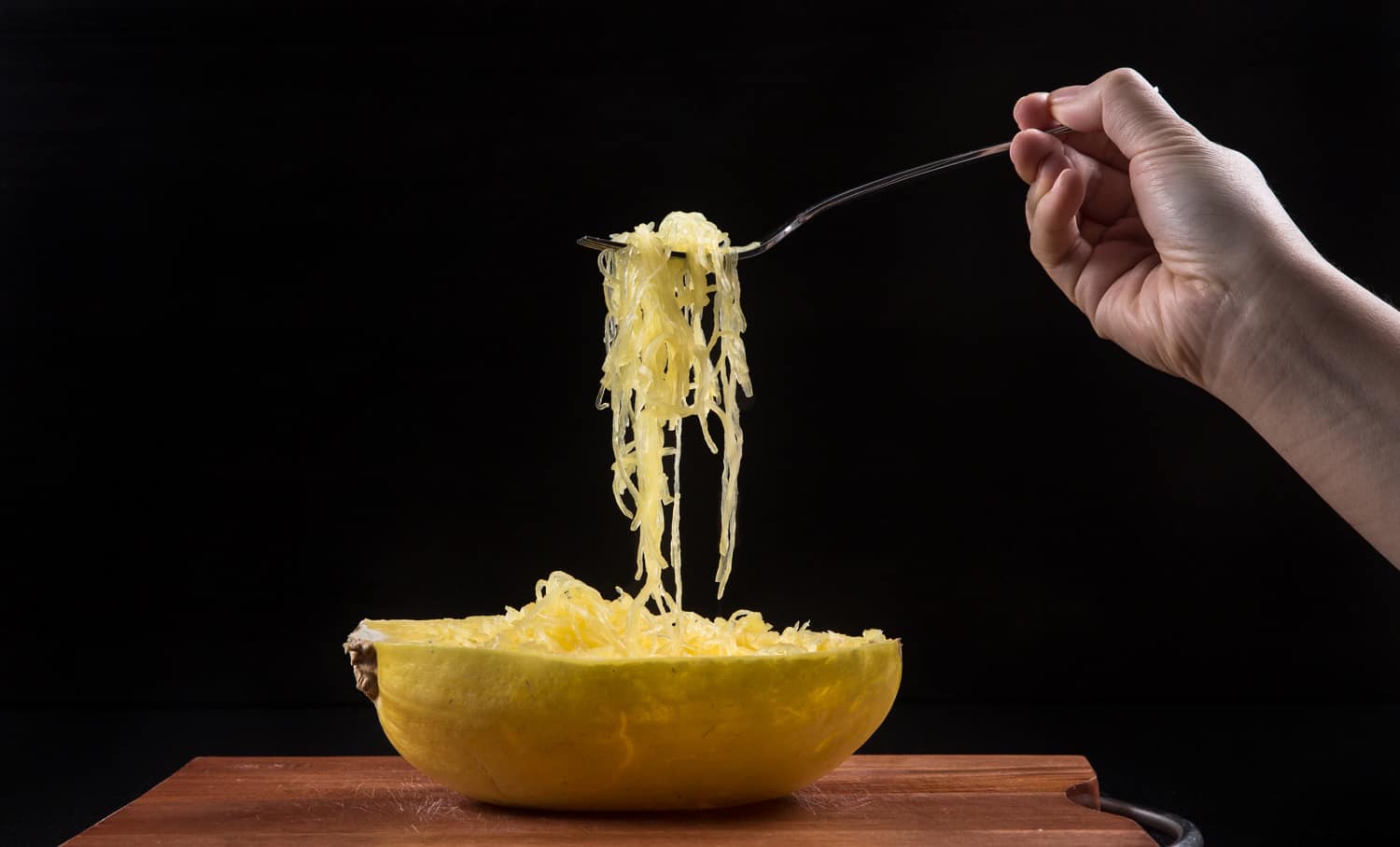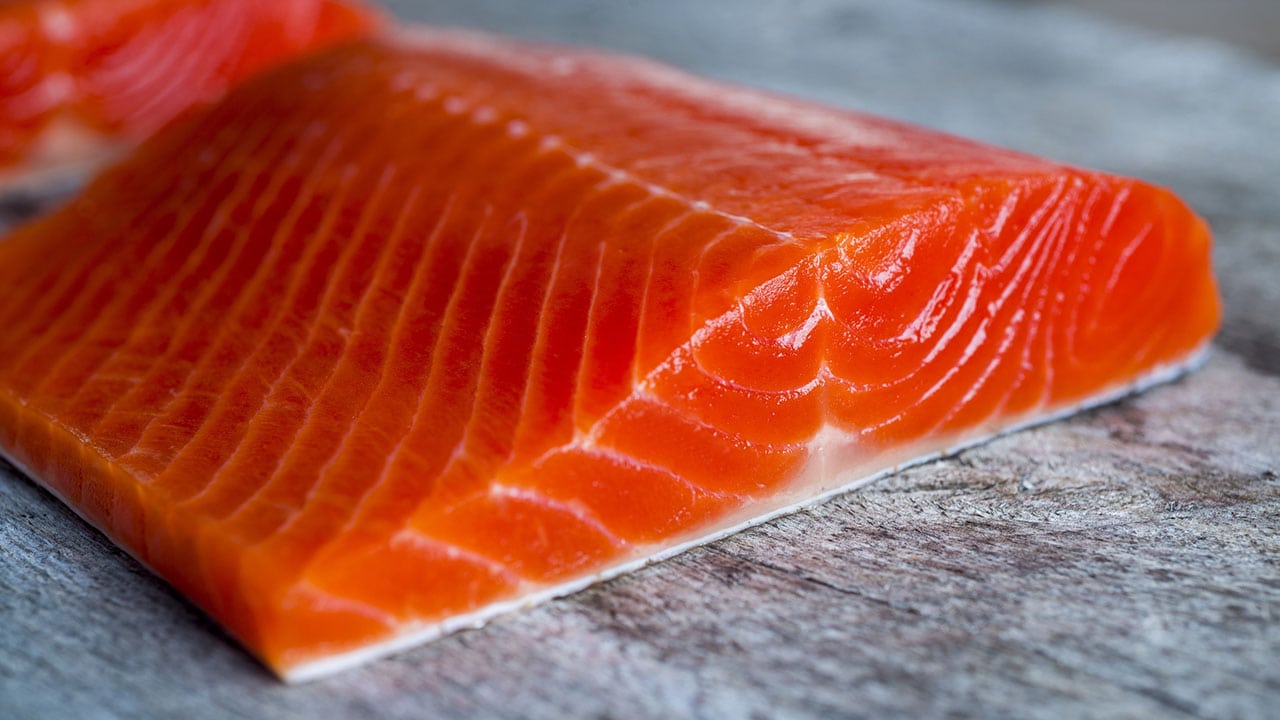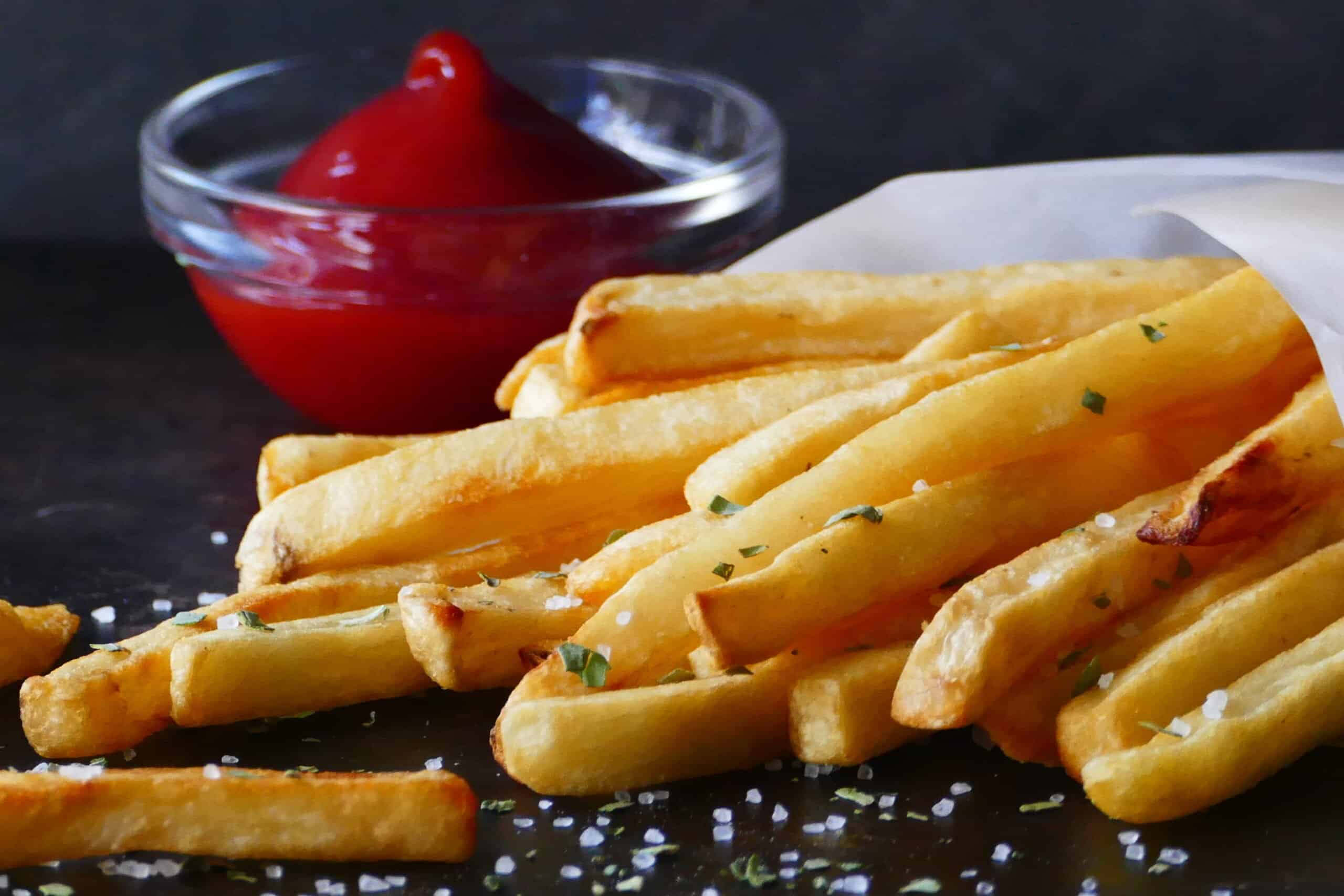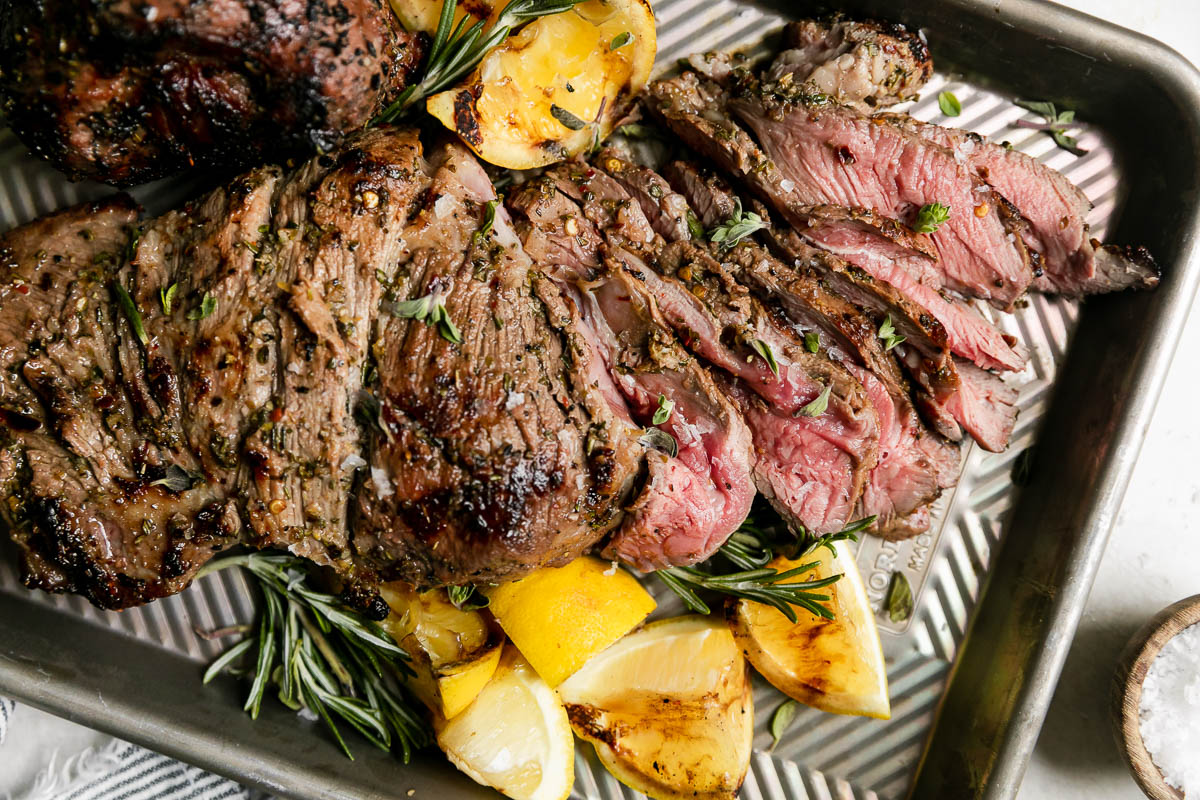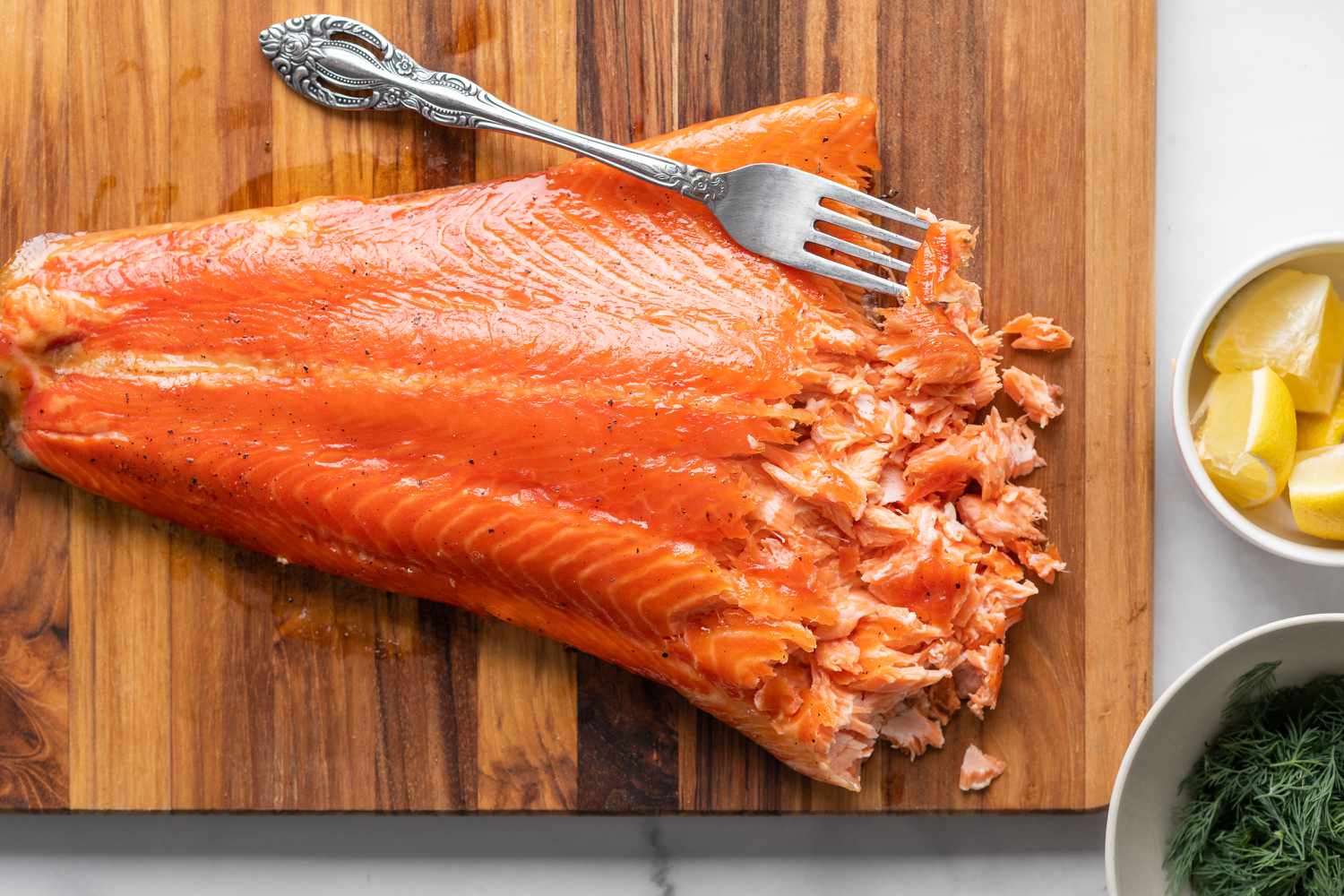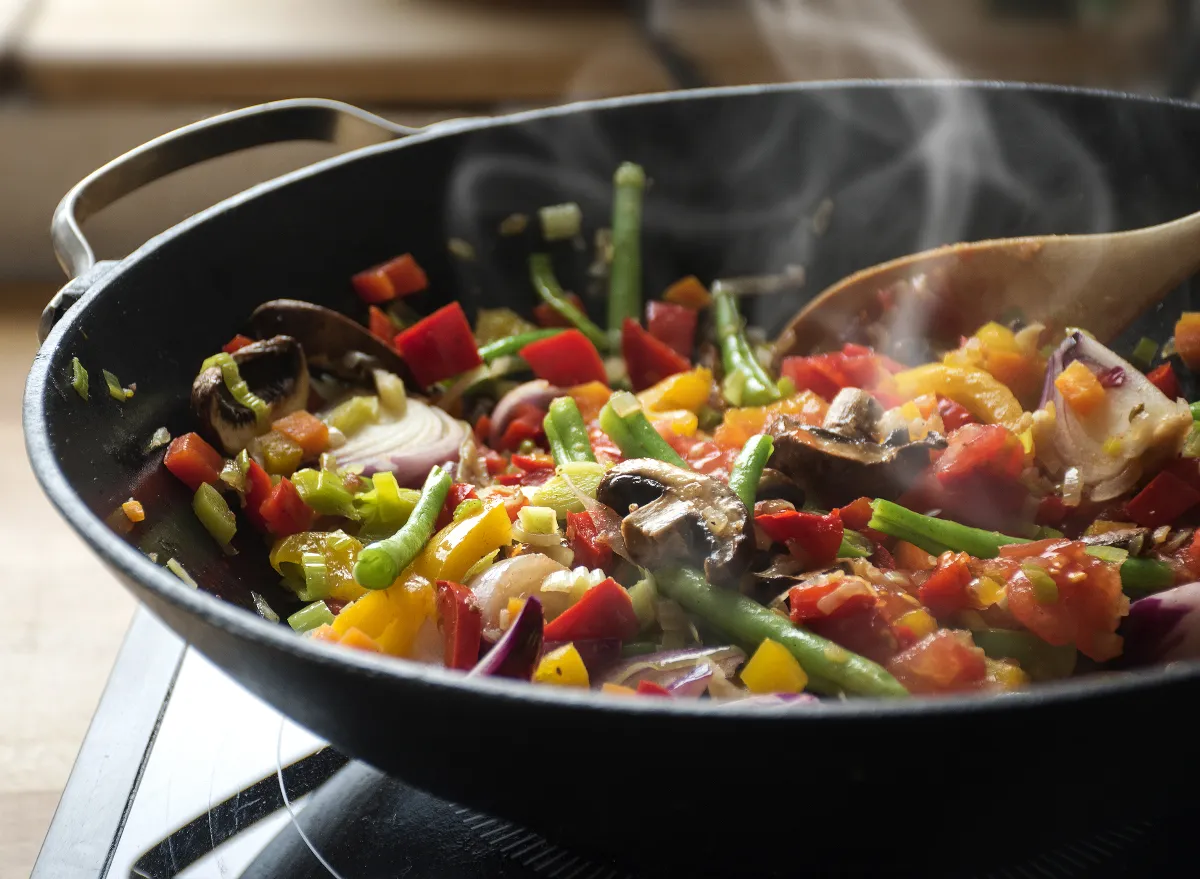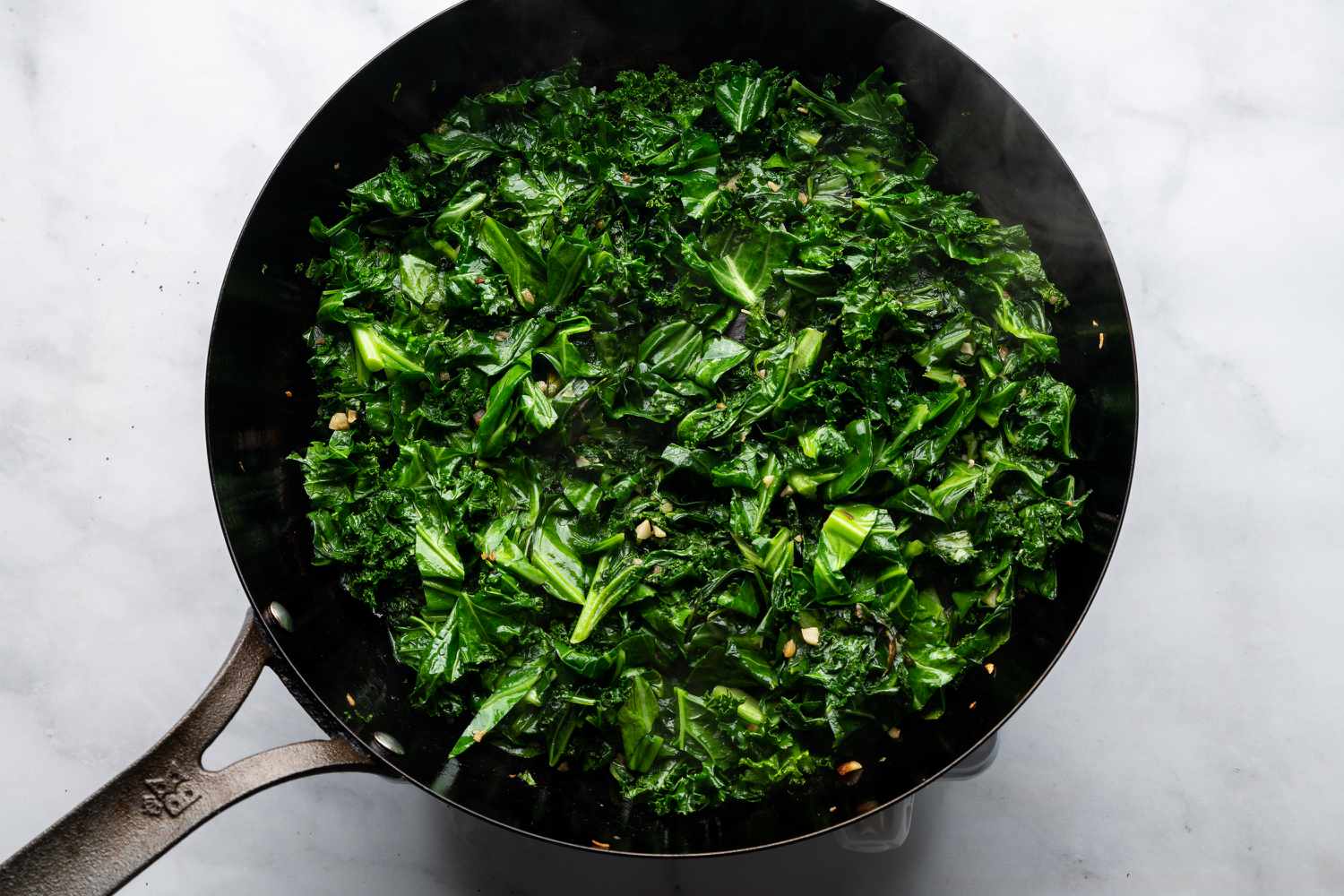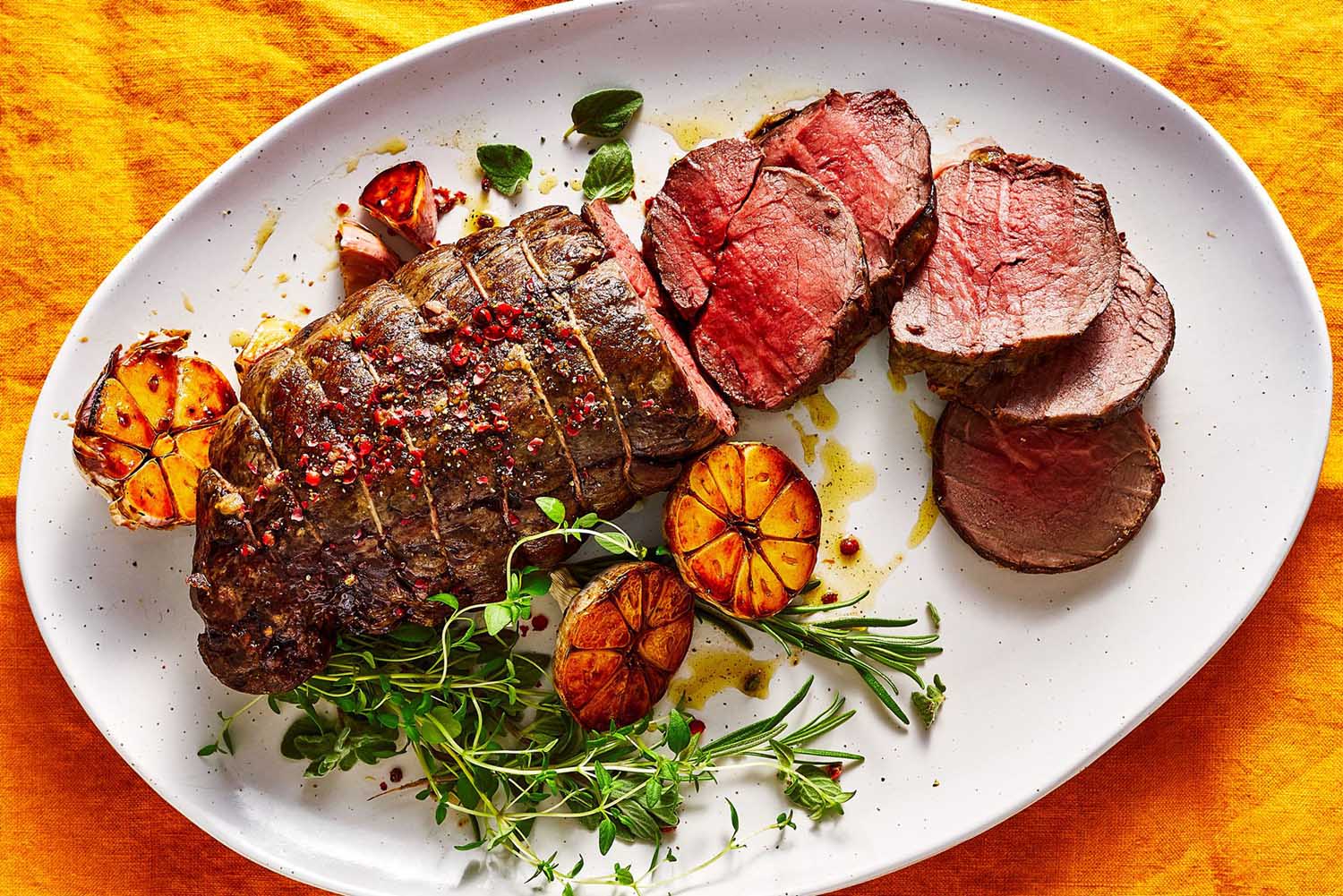Exploring the Culinary Delights of Squash Flowers
There’s an often overlooked treasure growing in your garden – squash flowers. These vibrant, delicate blossoms not only add a touch of beauty to your vegetable patch, but they can also be transformed into a delicious and unique culinary experience. In this article, we will unlock the secrets of cooking squash flowers and show you how to create an unforgettable dish. So, let’s delve into the world of squash flowers and discover their gastronomic potential.
What are Squash Flowers?
If you’ve ever grown squash, you’ve probably noticed the bright yellow or orange blossoms that appear alongside the vegetable. These are the squash flowers, and they come in two varieties: male and female. The male flowers are the ones we harvest for cooking, as they don’t bear fruit. The female flowers, on the other hand, develop into the delicious squash we all know and love.
Harvesting Squash Flowers
Before you can start cooking with squash flowers, you need to gather the freshest blooms from your garden. The best time to do this is early in the morning when the flowers are fully open and their flavors are most pronounced. Gently pluck the male flowers from the stem, taking care not to damage the plant.
Preparing Squash Flowers for Cooking
Once you’ve harvested your squash flowers, it’s essential to prepare them before incorporating them into your recipes. Here are some easy steps to follow:
- Check for any insects or dirt and gently rinse the flowers under cold water.
- Gently pat them dry using a clean kitchen towel or paper towel.
- Remove the pistil from the center of the flower, along with any tough green parts at the base of the petals.
- Trim the stems to your desired length.
Now that your squash flowers are prepped and ready, it’s time to embark on a culinary adventure and explore the various ways to prepare them.
Savory Stuffed Squash Flowers
One popular way to cook squash flowers is by stuffing them with delicious fillings. Here’s a recipe for savory stuffed squash flowers:
Ingredients:
- 12 fresh squash flowers
- 1 cup ricotta cheese
- 1/4 cup grated Parmesan cheese
- 2 cloves of garlic, minced
- 1 tablespoon fresh basil, chopped
- Salt and pepper to taste
Instructions:
- In a bowl, combine the ricotta cheese, Parmesan cheese, minced garlic, chopped basil, salt, and pepper.
- Gently open each squash flower and stuff them with the cheese mixture.
- Lightly coat a baking dish with olive oil and arrange the stuffed flowers in a single layer.
- Bake at 350°F (175°C) for 15-20 minutes until the flowers are tender and the filling is golden brown.
- Serve the savory stuffed squash flowers as an appetizer or side dish, and watch as your guests are impressed by the unique flavors.
Other Delicious Ways to Enjoy Squash Flowers
While stuffed squash flowers are a popular choice, there are plenty of other ways to incorporate these delicate blossoms into your meals. Here are some ideas:
- Add them to salads for a pop of color and a subtle floral taste.
- Use them as a topping for pizzas to elevate your homemade creations.
- Dip them in a light batter and fry them until crispy for a delightful appetizer.
- Blend them into a creamy soup for a unique twist on a classic recipe.
Let your culinary imagination run wild, and experiment with different flavors and cooking techniques to fully appreciate the versatility of squash flowers.
Conclusion
Squash flowers are not just a sight to behold in your garden; they are a hidden culinary gem waiting to be discovered. From savory stuffed flowers to colorful salad additions, there are endless possibilities to enjoy the unique flavors and textures of these delicate blooms. So, the next time you find yourself with an abundance of squash flowers, don’t hesitate to try out some exciting recipes and elevate your cooking to new heights!
Was this page helpful?
Read Next: How To Cook In Stainless Steel Pans
